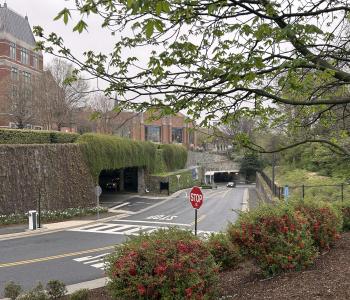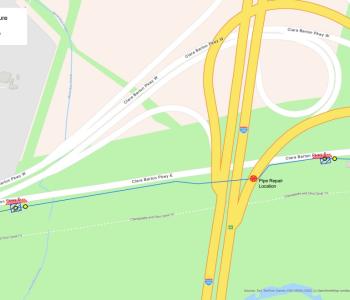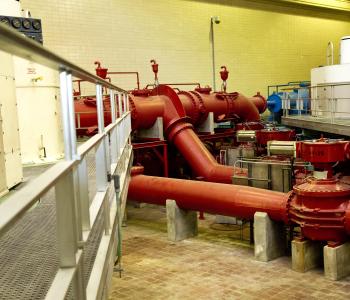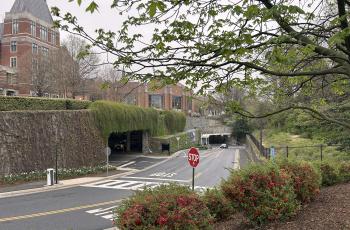DC WASA is Notified of Change in Water Treatment Disinfection
Washington DC Today, the U.S. Environmental Protection Agency (EPA) Region 3 notified the DC Water and Sewer Authority (DC WASA) of an approval to switch to a safer form of drinking water disinfection. The U.S. Army Corps of Engineers Washington Aqueduct is responsible for treating drinking water in the District and will switch from gaseous chlorine to sodium hypochlorite beginning in January 2010.
Sodium hypochlorite is the liquid form of chlorine and the same active ingredient found in household bleach. It is known to effectively achieve the same safe level of drinking water disinfection as gaseous chlorine and will cause no changes in color, smell and appearance. Many water treatment plants throughout the U.S. are switching to sodium hypochlorite because it is much safer to transport, store and use than the gaseous form of chlorine.
The Washington Aqueduct was required to receive approval from EPA Region 3 to perform this switch in disinfection. The process involved a detailed review and analysis of data to ensure the treatment changes will not cause unfavorable effects on water quality in the District. DC WASA is working closely with the Washington Aqueduct to maintain the delivery of safe drinking water to our customers, said DC WASA General Manager George S. Hawkins. We consider it a priority to inform our customers of treatment changes.
The EPA Region 3 concluded that the planned disinfection changes should not adversely affect the treatment process responsible for preventing lead leaching from service lines and fixtures. To validate this and to ensure that all water quality objectives are met, the Washington Aqueduct and DC WASA will conduct increased monitoring in the distribution system for an 18-month period after the change.
During the treatment process, the Washington Aqueduct disinfects the drinking water in two phases, primary and secondary disinfection. Secondary disinfection is important for ensuring long-lasting protection as water travels to customer homes. As the Washington Aqueduct switches to liquid chlorine, chloramine will continue to be used for secondary disinfection.
For a short period each year, the Washington Aqueduct temporarily switches both phases of disinfection to chlorine and does not use chloramine. Both chlorine and chloramine are effective secondary disinfectants. This temporary change, which will now use liquid chlorine, is important for annually cleaning the distribution pipes and maintaining high water quality throughout the year. As always, DC WASA will notify its customers in advance when this treatment change occurs.
Please visit the DC WASA web site for additional information at www.dcwasa.com or contact the Washington Aqueduct at 202-764-0031.







